Posted on 22/08/2025
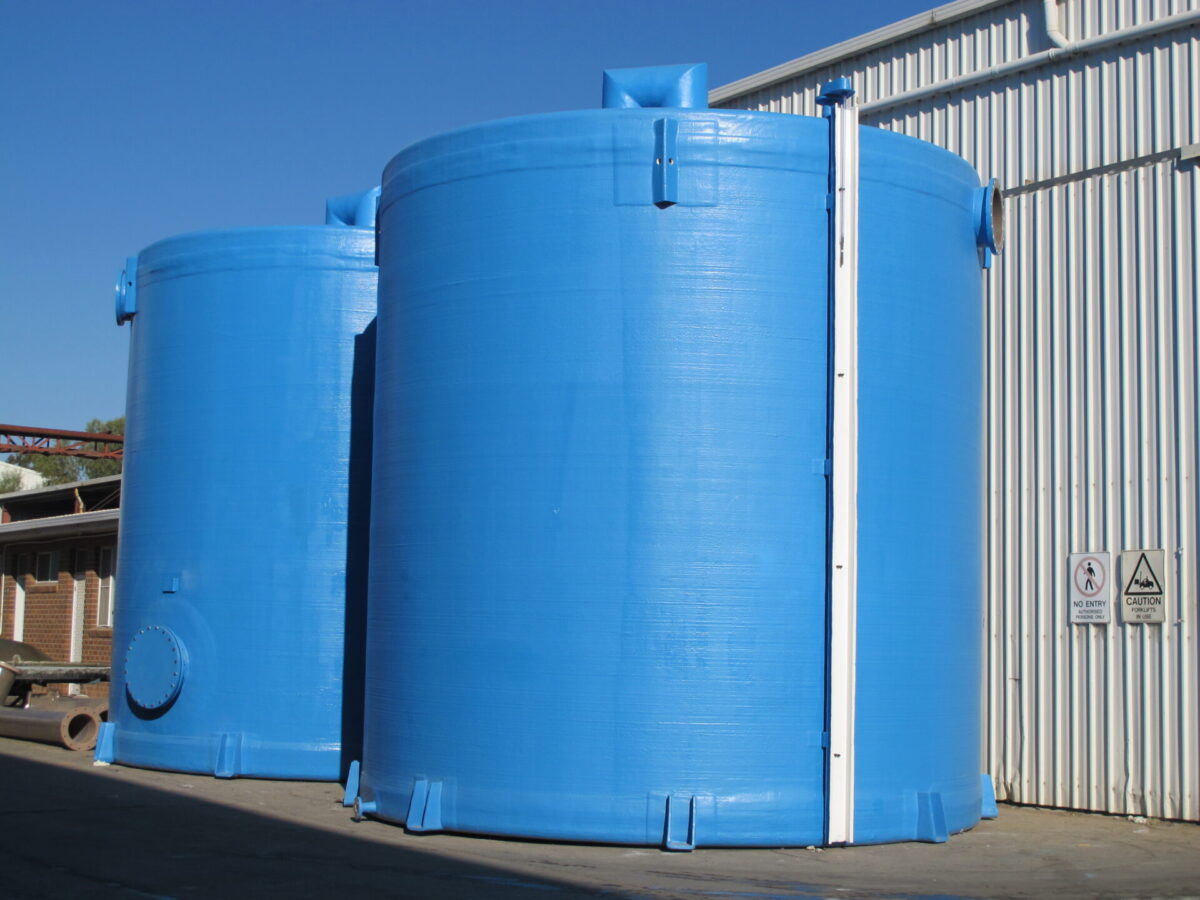
Every business should understand how choosing the right chemical and process tank is critical for safe, compliant, and efficient operations. The wrong choice can lead to costly downtime, safety hazards, or environmental damage, especially when storing harsh chemicals in demanding industrial applications.
From mining and water treatment to manufacturing and agriculture, every facility needs a solution that balances durability, chemical compatibility, and cost-effectiveness. At CSG Composites, we’ve been manufacturing FRP tanks in Australia for over 30 years, designing solutions that meet Australian Standards and perform reliably in the country’s toughest environments.
This guide covers the main storage tank types, how different tank materials compare, what makes the best chemical storage tanks for specific industries, and which options are better for the environment.
What are The Three Types of Tanks?
When it comes to chemical storage tanks for industrial use, most options fall into three main categories: FRP (fibreglass-reinforced plastic), polyethylene (HDPE), and stainless steel. Each material has its own strengths, limitations, and ideal applications.
1. FRP Tanks
FRP tanks are manufactured from layers of fibreglass fabric and high-grade resin, creating a strong yet lightweight structure that resists corrosion. They’re especially effective for storing water, sulphuric acid, hydrochloric acid, and caustic soda in environments where traditional steel tanks would degrade quickly.
Our FRP tanks are engineered with resin systems tailored for chemical compatibility, designed to withstand decades of exposure without structural compromise. They can be custom-constructed to suit your facility’s footprint, with tank sizes ranging from compact process vessels to massive vertical industrial tanks.
They require minimal ongoing maintenance, which is why in industries like mining, manufacturing, and water treatment, FRP tanks are often the most cost-effective long-term option.
Learn more: 5 Advantages of Fibreglass-Reinforced Plastic Tanks.
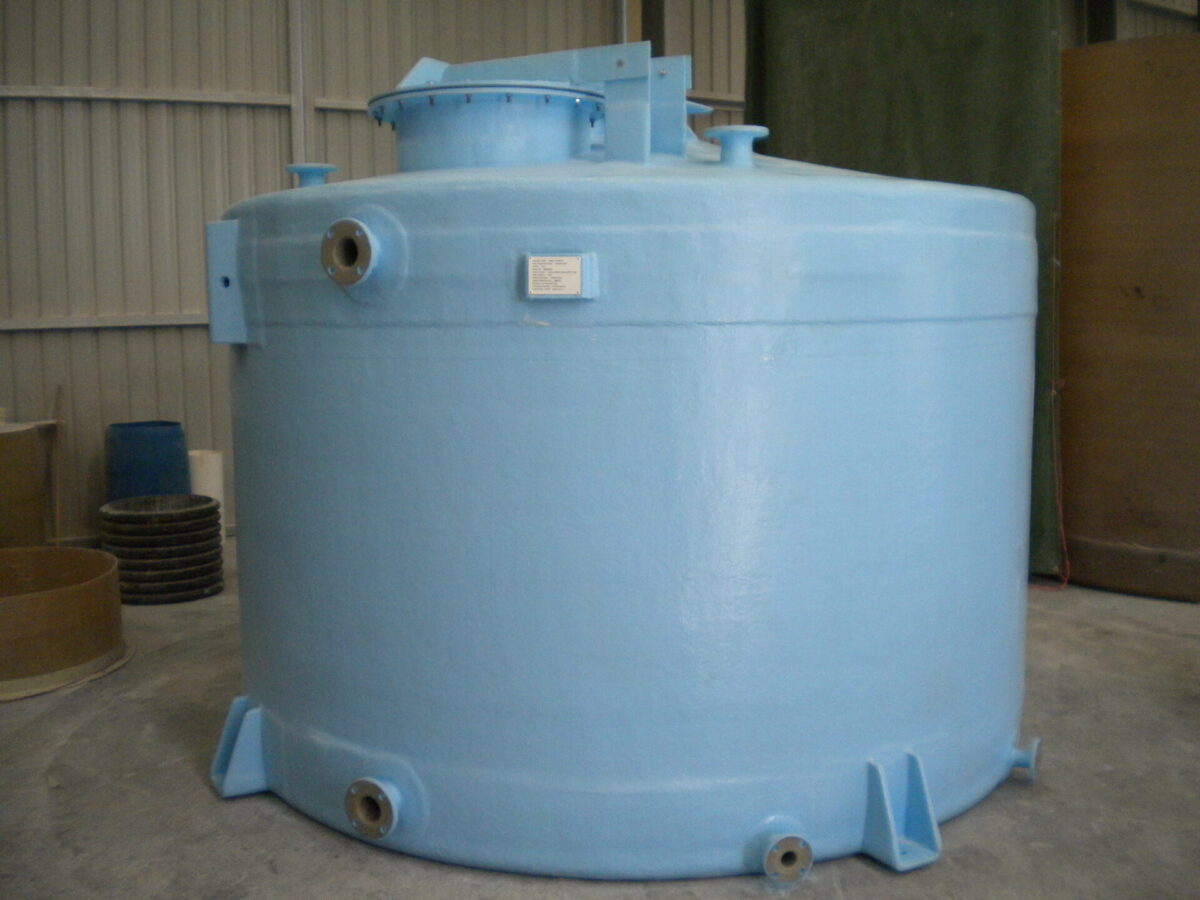
2. Polyethylene (HDPE) Tanks
Polyethylene tanks, often referred to as HDPE tanks, are popular for agriculture, potable water, and certain mild chemical applications. They’re lightweight, UV-resistant, and affordable, making them a cost-effective storage option for less aggressive substances.
However, they are less resistant to strong chemicals, extreme temperatures, and mechanical stress. Over time, UV degradation and structural fatigue can shorten their lifespan, making them better suited to mild chemical storage in controlled environments.
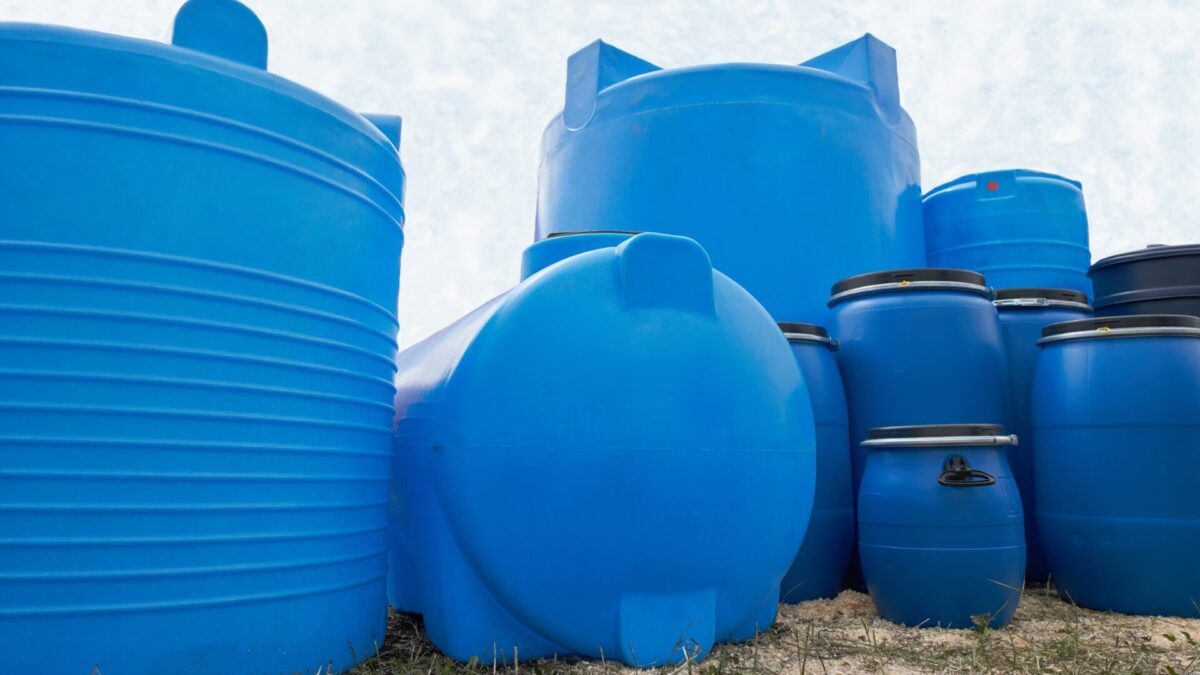
3. Stainless Steel Tanks
Stainless steel tanks offer high strength and temperature resistance. They’re widely used in food production, beverage manufacturing, and pharmaceutical industries for their hygiene and heat tolerance.
In applications involving harsh chemicals or coastal air, stainless steel can suffer from pitting, crevice corrosion, and chemical attack, making FRP a more durable alternative in those conditions.
For more on how these materials perform in tough environments, read: Why FRP Beats Steel & Concrete in Harsh Environments.
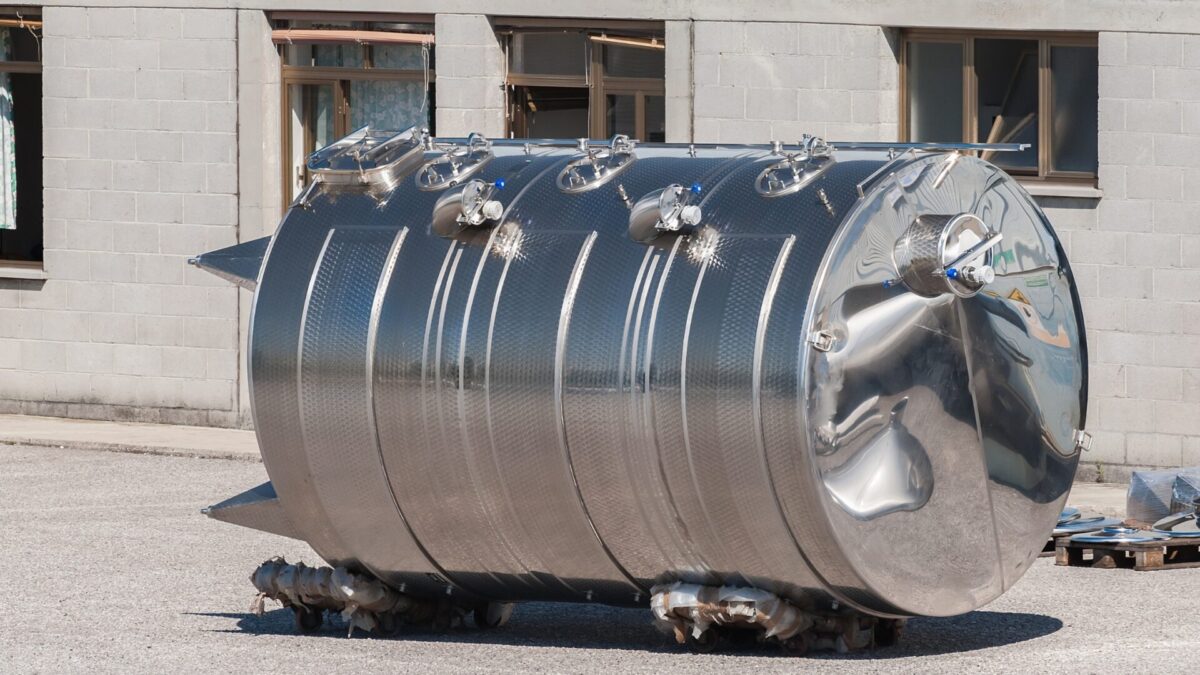
What is the Difference Between HDPE Tank and FRP Tank?
While FRP and HDPE are both non-metallic materials with corrosion resistance, they differ in structural performance, chemical compatibility, and lifespan.
FRP tanks are constructed and reinforced with fibreglass, giving them high structural strength and the ability to handle industrial applications involving strong acids, alkalis, and solvents. They can be manufactured in large capacities, include custom fittings, and are designed to last 20+ years with minimal maintenance.
HDPE tanks are made from high-density polyethylene, offering a lightweight and cost-effective solution for mild chemicals and water storage. They’re easier to transport and install due to their lower weight, but may deform under heavy load or fail prematurely when exposed to aggressive chemicals or extreme temperature cycles.
If you need a tank for harsh chemicals in a demanding environment, FRP generally delivers better long-term performance and reliability.
See how they’re used in real-world operations.
What is the Best Storage for Chemicals?
The best chemical storage tanks for your business depend on:
- Chemical properties – including pH level, reactivity, and temperature range.
- Capacity requirements – correct industrial process tank sizing ensures safety and efficiency.
- Location conditions – whether your tank will be indoors, outdoors, in a coastal environment, or subject to temperature extremes.
- Regulatory compliance – tanks must meet Australian Standards for chemical storage.
- Maintenance resources – consider inspection access and ease of repair.
Different Industries, Different Demands
- Mining: Tanks must endure harsh chemicals, abrasive slurries, and remote site challenges. FRP’s corrosion resistance and long service life help avoid costly downtime. See: FRP Tanks in the Mining Industry.
- Water Treatment: FRP tanks handle chlorine, caustic soda, and continuous moisture exposure without degradation, while resisting UV damage in outdoor installations.
- Manufacturing: Custom-built FRP tanks can store multiple chemicals side-by-side in space-limited facilities, improving operational efficiency and safety.
- Agriculture: FRP resists fertiliser corrosion and sun exposure better than HDPE, offering longer service life in rural environments.
Why FRP is Often the Preferred Choice
For aggressive chemicals like sulphuric acid or hydrochloric acid, FRP tanks with a resin tailored for chemical resistance are often the safest and most cost-effective choice over the long term.
For detailed advice on matching tank materials to your chemical type and industry, see our Guide to Buying Chemical Storage Tanks.
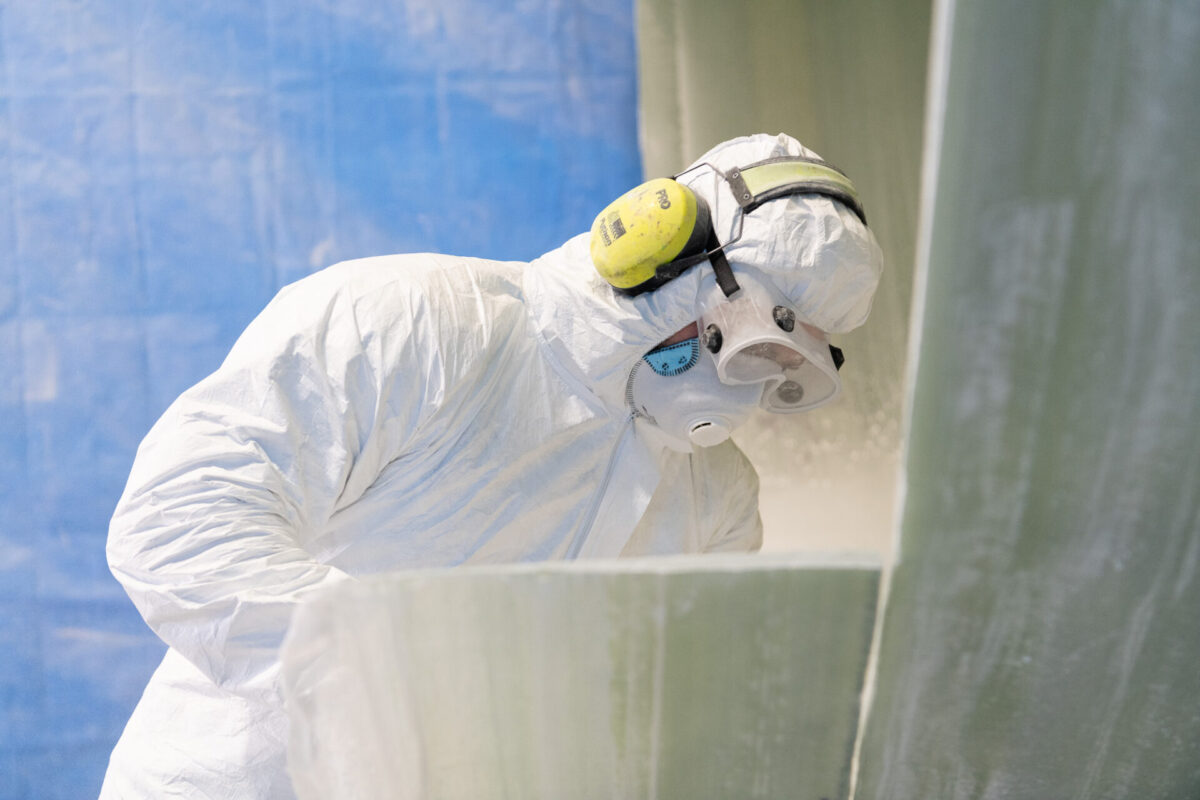
Which Type of Chemical Storage Tanks are Better for the Environment?
Sustainability is a growing factor in procurement decisions. FRP tanks often present a more environmentally responsible choice because they:
- Have a long lifespan, reducing replacement frequency.
- Resist corrosion, minimising leak and spill risks.
- Can be manufactured to exact capacity requirements, avoiding material waste.
While stainless steel can be recycled and HDPE repurposed, their shorter lifespans in corrosive environments often lead to more frequent replacements, increasing total environmental impact compared to FRP.
Choosing the Right Supplier
Australian manufactured tanks are critical, because the right chemical & process tank is only as good as the team that designs, manufactures, and installs it. CSG Composites combines decades of experience with proven FRP tank technology.
As the best process tank suppliers in Australia, we provide expert engineering advice, custom fabrication to suit your site and operational requirements, and ensure compliance with Australian Standards. We also deliver ongoing support for inspections, maintenance, and repairs.
Ready to Invest in the Right Tank for Your Business?
Selecting the right tank is about more than meeting today’s needs, it’s about protecting your people, the environment, and your bottom line for decades to come. Whether you need a custom-engineered FRP tank for mining, water treatment, manufacturing, or agriculture, CSG Composites can design a solution that meets your exact requirements.
Explore our chemical storage & process tanks or speak to our engineering team today.
Written by the CSG Composites Team
Industry Success
Client Testimonials
Scott Morris,
Radium
“It’s their knowledge of composites and FRP, the materials, the resins. It’s the experience they bring to the table with knowing the right compounds to put together is what makes the difference”
Jim Kelly,
Arris
“CSG Composites were very good to us as they were able to meet the short lead time and have the tanks ready to go”
